Hong Kong’s Jack Sparrow: a pirate legend behind Cheung Po Tsai cave on Cheung Chau Island
Notorious and fabled Qing dynasty pirate was said to have hidden his loot in a famous spot in the present-day tourist destination, just an hour’s ferry ride from the city
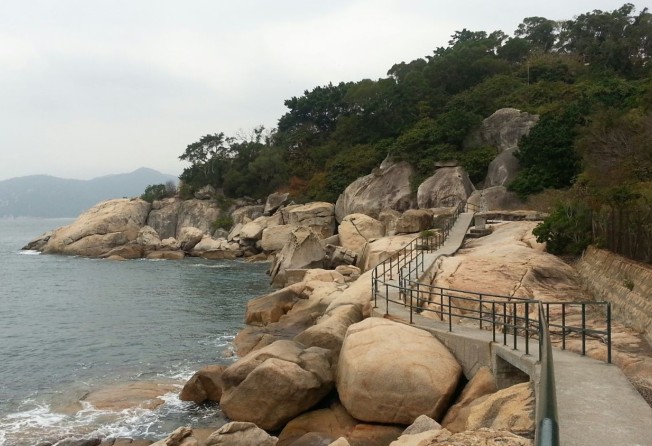
The recent dramatic operation in Thailand to save 12 boys and their soccer coach who were trapped in a flooded cave since late June has gripped the world. While the mission was a success, the incident was a stark reminder of the power of Mother Nature who, for all her beauty, hides dark treachery in mountain crevices and deep underground spaces.
And Hong Kong, more than 1,000km away, is no stranger to such rock formations, with sea caves forming a significant part of its natural landscape.
Although smaller in size and less complex than those in Thailand, the city’s untouched subterranean world carries its own mix of mystery and lore.
The most famous Hong Kong cave is undoubtedly Cheung Po Tsai, named after a legendary Chinese pirate who inspired many local stories and films. Cheung was said to have used the cave on Cheung Chau Island as a stash for his plunder, but nothing to date has been found – although there is no shortage of treasure hunters willing to try their luck.

A pirate during the Qing dynasty, Cheung is often portrayed as a Robin Hood type character in folk tales. Born in Jiangmen, Guangdong province, to a family of Tanka fishing folk in 1783, he was kidnapped at 15 by the infamous pirate duo Ching Shih and Cheng I when he was a boy, thus beginning his journey into a life of crime on the high seas.
According to legend, at the apex of Cheung’s power, he led 600 pirate ships and more than 25,000 men in the South China Sea.
In 1809, Cheung’s right-hand man Cai Qian was killed by government forces. Later that year, Cheung’s massive fleet suffered a series of blows from the Portuguese navy, forcing him to accept an offer of amnesty from Qing authorities in exchange for his surrender.
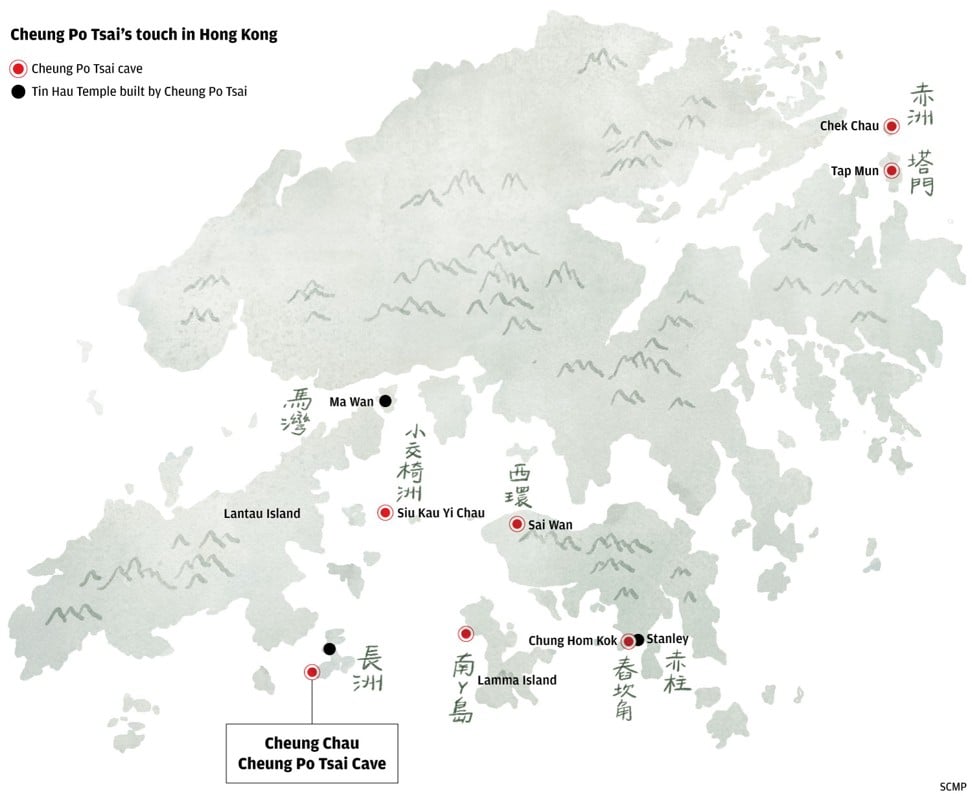
During one of the assaults, known as the Battle of the Tiger’s Mouth, Cheung had sought refuge in caves on Cheung Chau Island, hiding his loot there.
After his surrender, the Qing government forced Cheung to become a colonel in the imperial navy, tasked with capturing his former brethren.
Cheung Po Tsai’s adventurous life has inspired numerous folk tales and narratives, including Sao Feng, a character – played by Hong Kong actor Chow Yun-fat – from the Hollywood blockbuster Pirates of the Caribbean: At World’s End.
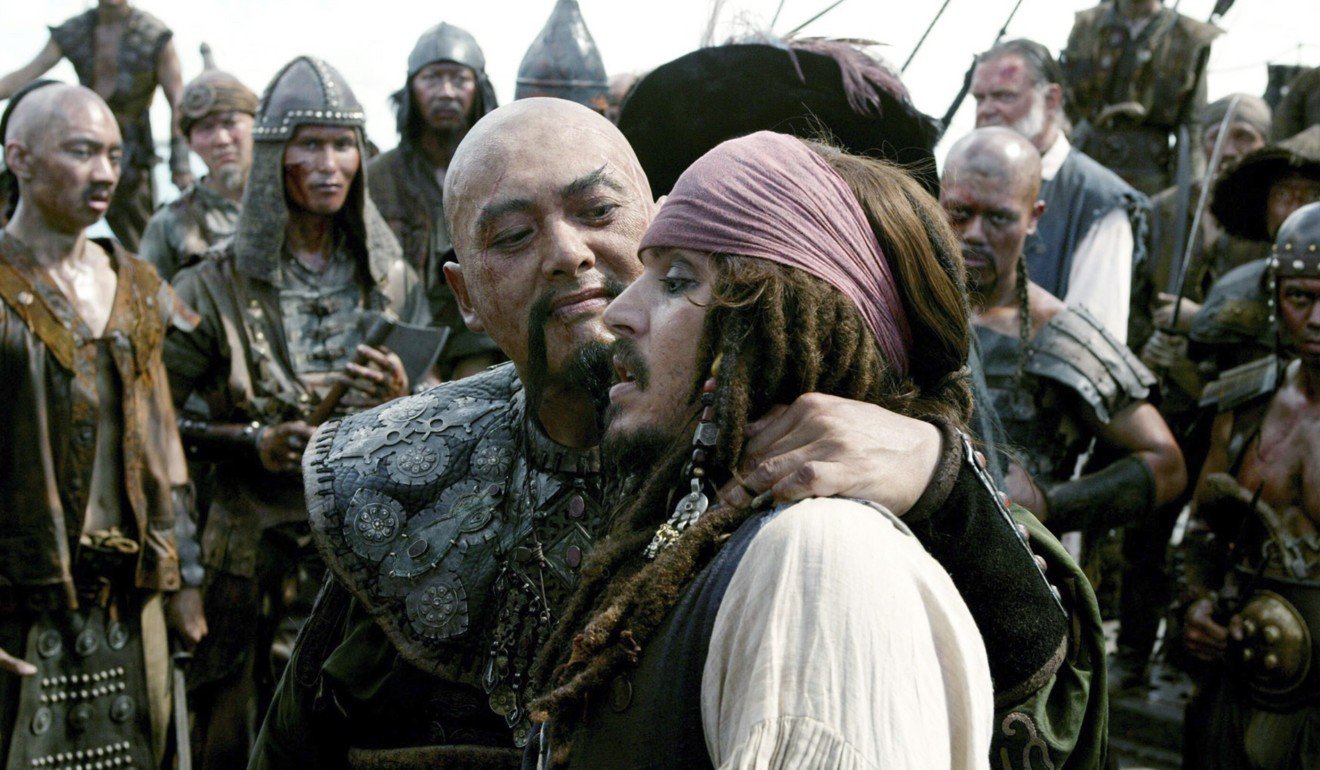
Cheung’s legacy extends beyond the cave of his namesake – his influence can be found across Hong Kong’s outlying islands and coastal areas, such as Lamma Island, Tap Mun, Sai Wan, Chung Hom Kok, Chek Chau and Siu Kau Yi Chau. He also built a handful of Tin Hau Temples – dedicated to the Chinese Goddess of the Sea – in Ma Wan, Cheung Chau and Stanley.
There was also a cave linked to Cheung on Lamma Island, which at nine levels deep, was much bigger than its more famous Cheung Chau cousin. It was thought to be destroyed in 1979 with the construction of a power station nearby, but may be partially accessible again after an entrance was exposed by decades of weathering.
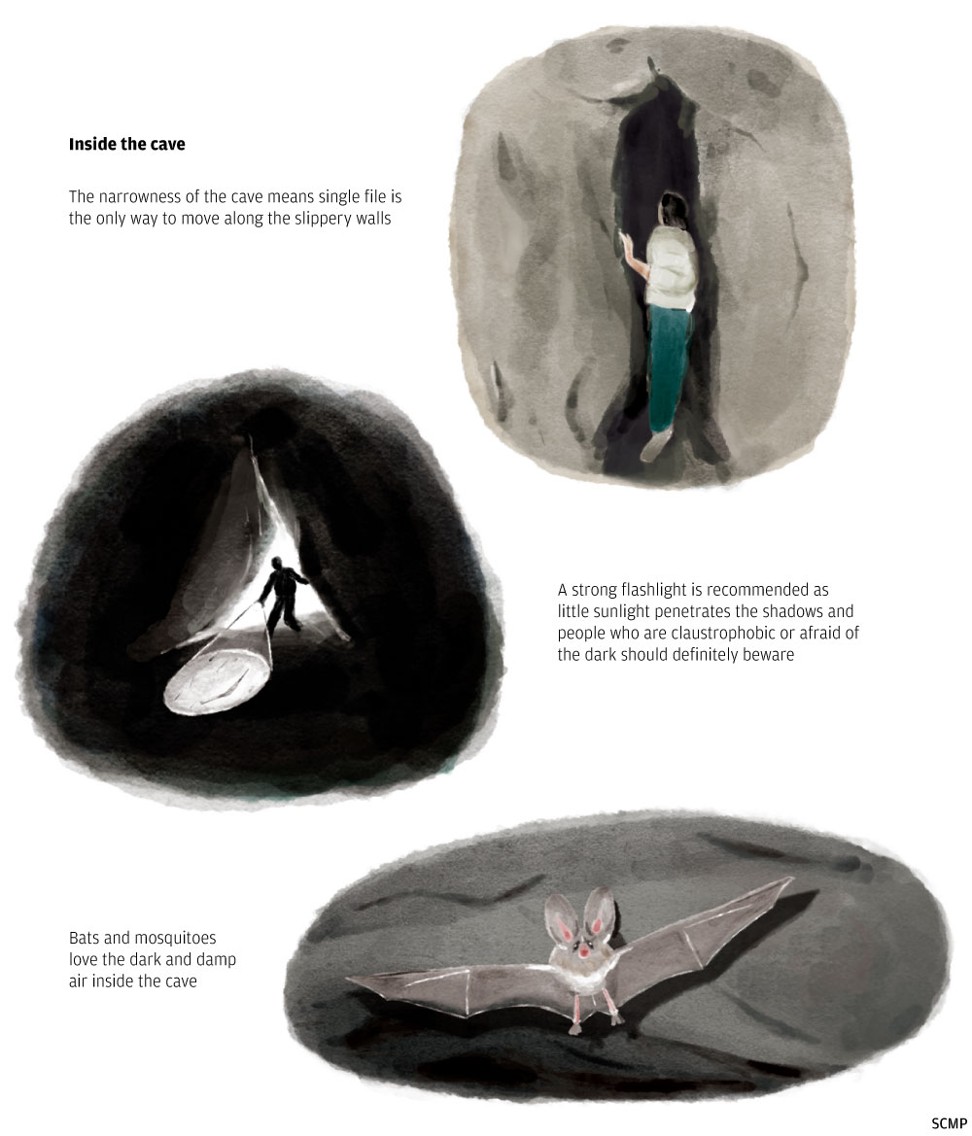
Still, Cheung Chau’s Cheung Po Tsai cave is the favourite among trekkers and treasure hunters, probably because of the island’s popularity as a tourist destination.
Located in the western bay of Cheung Chau, the cave has an unassuming entrance – two boulders flank a dark crevice, with the left one featuring the hand-painted Chinese character for “cave”, and a downward-pointing arrow into the rock opening.
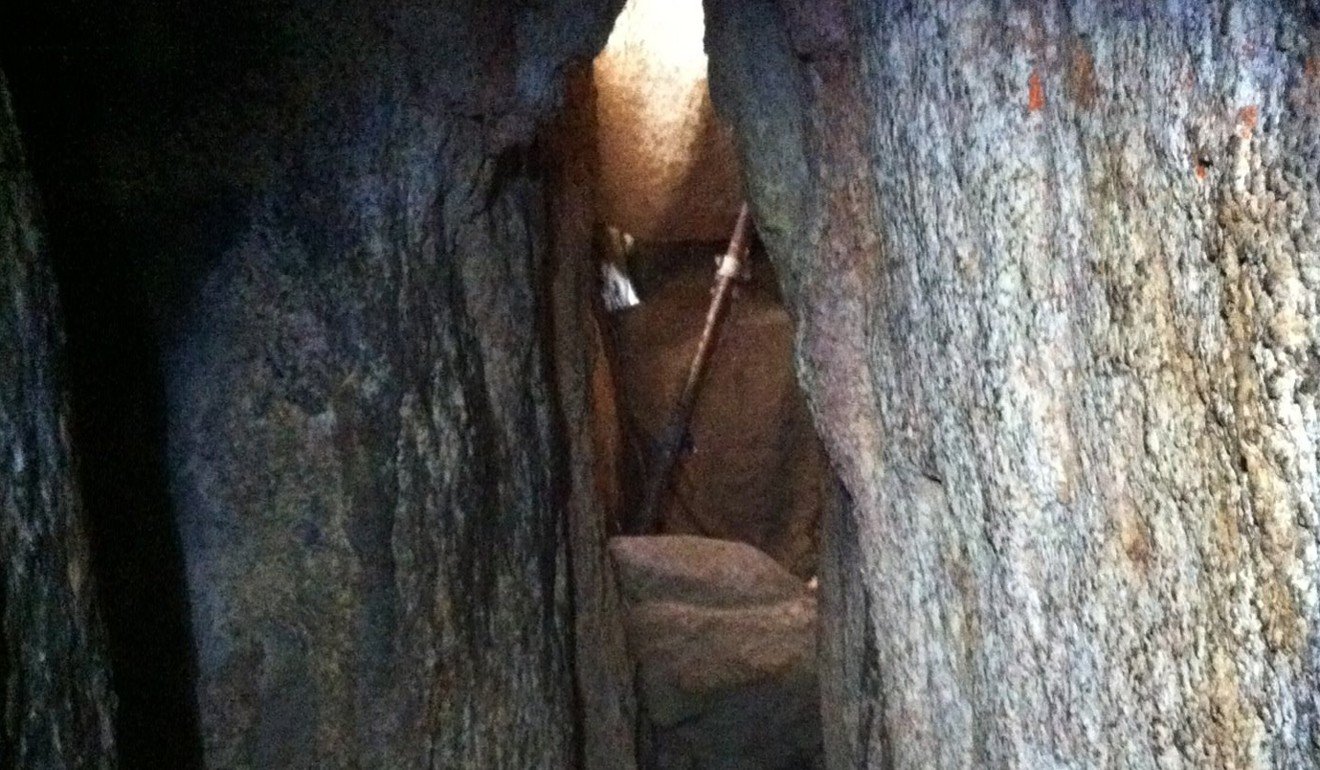
To enter, visitors climb down a ladder one by one, going 10 metres underground into a path that extends about 90 metres before reaching an exit. The narrowness of the trail and slippery walls mean explorers can only move in a single file.
Visitors should be careful, as bats and mosquitoes love the dark, dank environment. A strong flashlight is recommended as little sunlight penetrates the shadows. Despite the conditions, no serious accidents have been reported at the site.

How to get there:
Cheung Chau Island is accessible by ferry from Central Pier 5. The ride lasts about an hour. Situated some 2km from the main Cheung Chau village, Cheung Po Tsai cave has become a popular destination for hikers and school excursions.
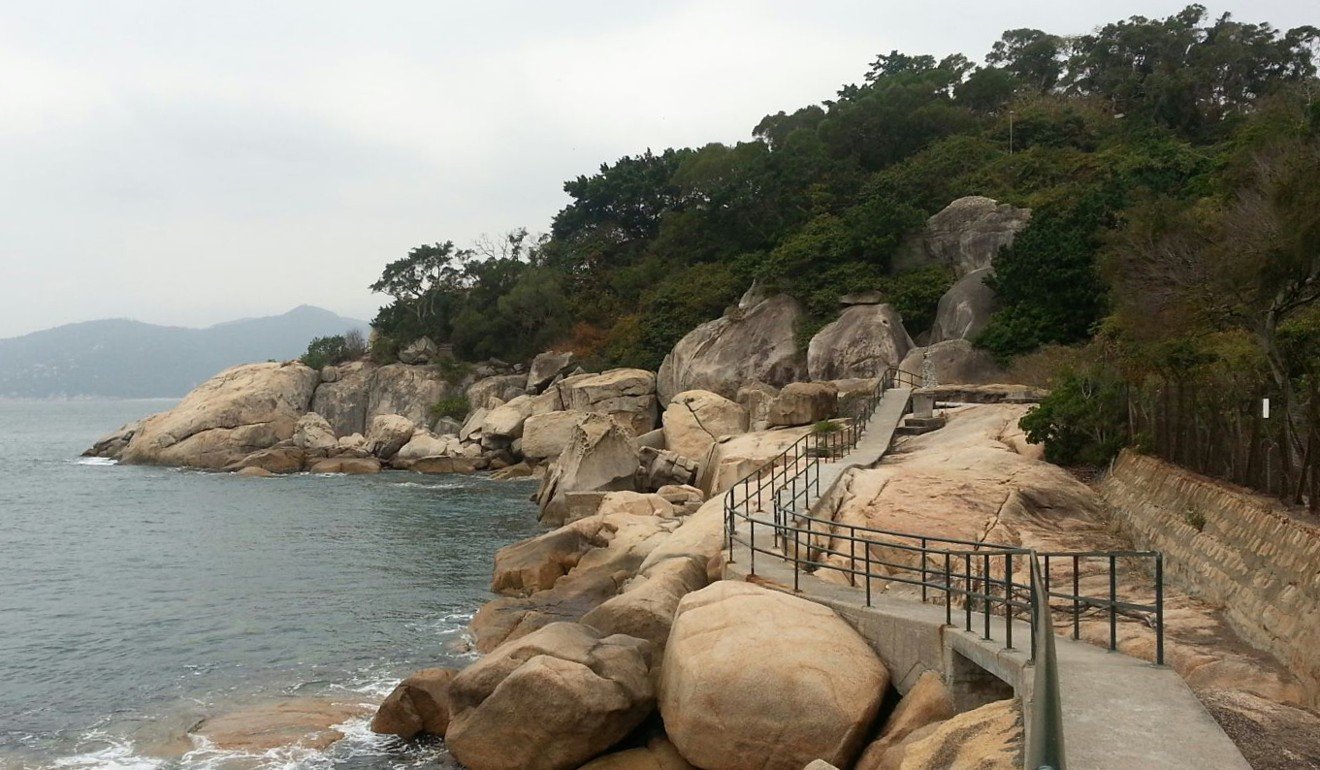
Once on the island, turn right from the ferry pier and walk along the coast for about 20 minutes to Sai Wan Tin Hau Temple, then trek uphill for another 10 minutes.
Visitors can also take a sampan or small boat from the pier for a few Hong Kong dollars.